Yates Account
Join now
Create a Yates account today!
Sign up to join the Yates Garden Club for monthly e-mails packed with seasonal inspiration, tips for success & exclusive promotions.
Plus if you’re a Garden Club member you can take part in the Yates Growing Community - a blog to share successes, get advice & win prizes in fun challenges along the way!

Forgot password
Enter the email address associated with your account, and we'll email you a new password.
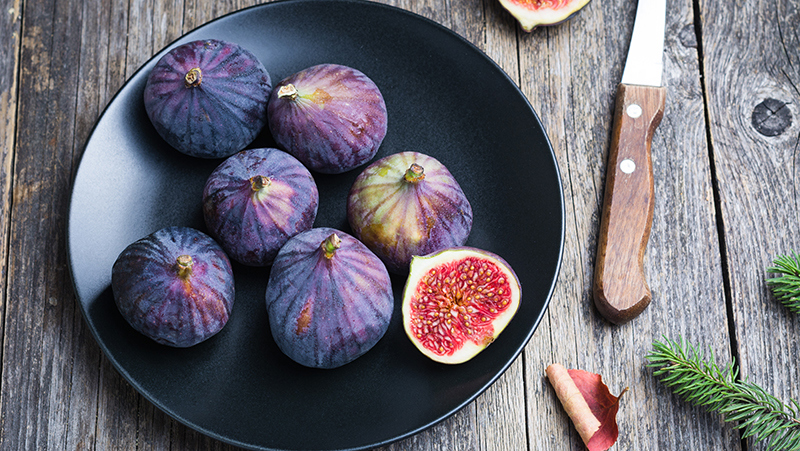
Fabulous Figs
Whether you love purple, brown or green skinned figs, they’re a delicious sweet fruit to grow at home, with fruit maturing during late summer and autumn.
Figs are hardy, deciduous trees that can grow up to 5m tall, or you can choose a dwarf variety (around 1.5m tall) that will be ideal for a smaller garden or a pot. You can also espalier figs across a wall, so they really don't need to take up much space.
Figs like a warm sunny spot that receives at least 6 hours of sunshine a day. Most figs are self-fertile, so they won’t need another fig close by to produce fruit.
Potted and bare-rooted figs are available for planting during winter, so the timing is perfect to shop for a new tree.
Growing Tips:
- To give your new fig a great start, enrich the soil in the planting hole with some Yates Dynamic Lifter Organic Plant Food and water in well after planting.
- In cool areas protect young fig trees from frosts and keep the soil moist, particularly during the fruiting season.
- Reapply Yates Dynamic Lifter every 6 – 8 weeks from spring to autumn to help promote healthy growth and a great harvest.
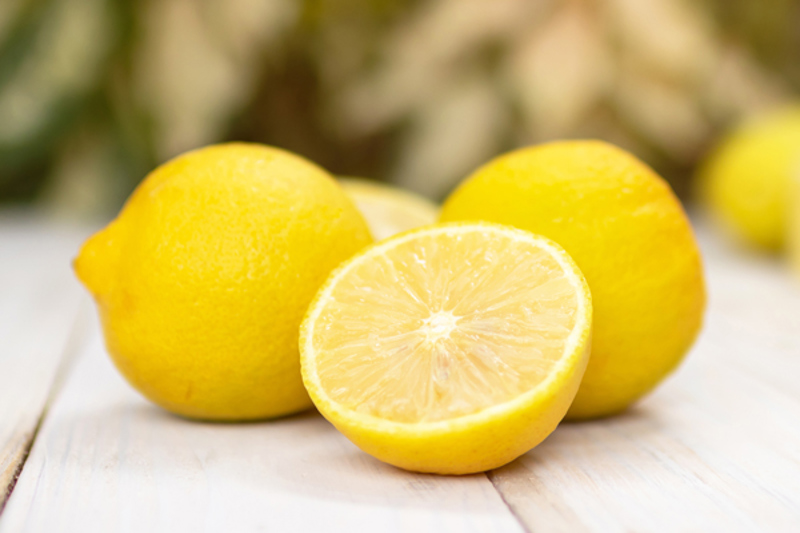
Eureka!
They're a little harder to find than Meyer lemons, but 'Eureka' lemons (Citrus limon ‘Eureka’) are well worth growing. Fragrant ‘Eureka’ offers an intense acidic tang, so it’s excellent for cooking, when you want punchy citrus flavours to dominate. The fruit is large and juicy, with thin skin and very few seeds.
One of the advantages of 'Eureka' lemons is that although winter is their peak fruiting season, in warm areas they can produce fruit almost year-round. You’ll always have extra-tasty lemons on hand! 'Eureka' isn't frost tolerant, so they're best suited to frost-free regions.
'Eureka' lemon trees can grow up to 5m tall, although you can trim them during winter to a more manageable size. Lemon trees can also be grown in pots, which helps to limit their size.
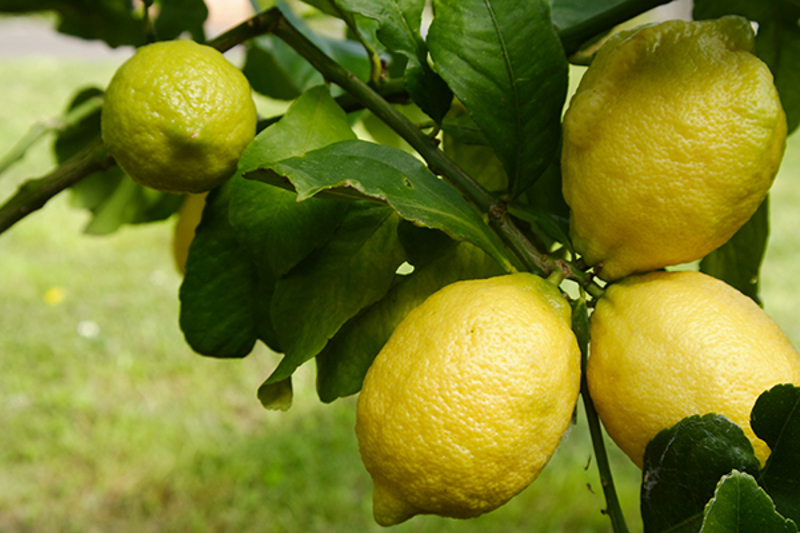
Lemon Growing Guide:
- When planting a new 'Eureka' lemon out in the garden, choose a warm spot with well-drained soil that receives at least 6 hours of sunshine a day and enrich the soil in the planting hole first with some Yates Thrive Natural Blood & Bone. It promotes increased soil organic matter content and water holding capacity, in addition to providing the new tree with gentle slow release organic nutrients as it establishes.
- For potted citrus, choose a pot with good drainage holes and fill with a good quality potting mix like Yates Premium Potting Mix. Keep new citrus trees well-watered as they settle into their new home.
- For established citrus, it’s important to keep up deep watering and feeding during winter, while fruit are continuing to ripen. Moisture and nutrient stress can adversely affect the quantity and quality of the harvest, so don’t forget to give your citrus trees some TLC even if the weather is cold.
- Feeding is as simple as adding 2 capfuls of Yates Thrive Natural Citrus Fruit Plant Food into a 9L watering can and applying over the root zone each week.
Lemon Pest Watch:
- The sweet sugary sap flowing through citrus plants is a magnet for sucking insects like scale. Scale insects can be brown, white, pink or grey and appear as small raised bumps along leaves and stems. Sometimes the scale can be hard to spot, but if you see sooty mould developing on the leaves (a black ash like film) or ants moving up and down the stems, they’re reliable indicators that a sap-sucking insect pest is present.
- Regular sprays of Yates Natures Way Organic Citrus, Vegie Ornamental Spray, on the upper and lower leaf surfaces, will help keep scale under control. It’s based on natural pyrethrin and vegetable oil, plus it has organic input certification from BioGro NZ, for use in organic gardening.
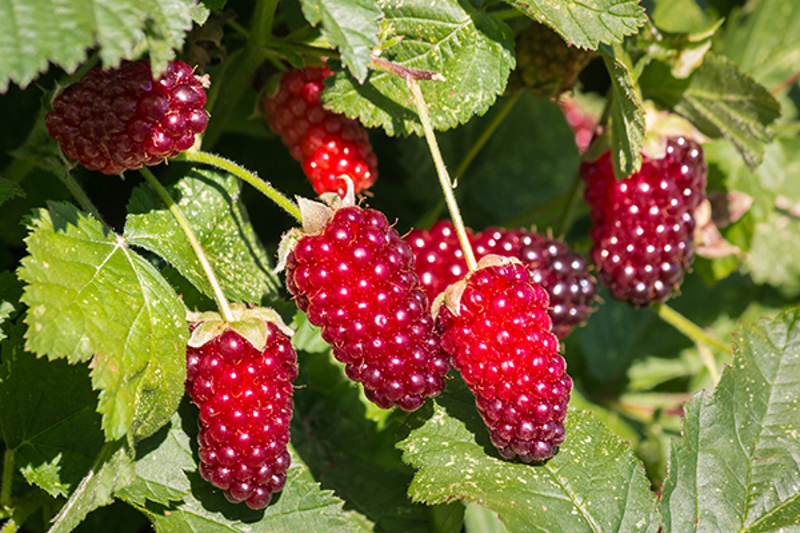
Raspberry & Blackberry up a Tree, K.I.S.S.I.N.G.
What do you call the love-child of a raspberry and a blackberry? A loganberry! They’re named after the horticulturist James Logan, who created this new hybrid by accident, but quickly realised he was on to a winner. The fruit have a slightly elongated shape like a blackberry, but are a dusky purplish raspberry red colour. As for the flavour, loganberries taste like blackberries and raspberries in a single mouthful.
Summer-fruiting loganberries are soft-textured and juicy, perfect for desserts, crumbles, cakes and drinks, along with richly coloured jams and jellies.
Loganberries are very much a treat reserved for home gardeners; you're unlikely to find them in supermarkets or fruit shops because they don’t transport or store well. But transport isn't an issue when they’re growing at your place (except for ensuring the berries are transported inside, before somebody scoffs them).
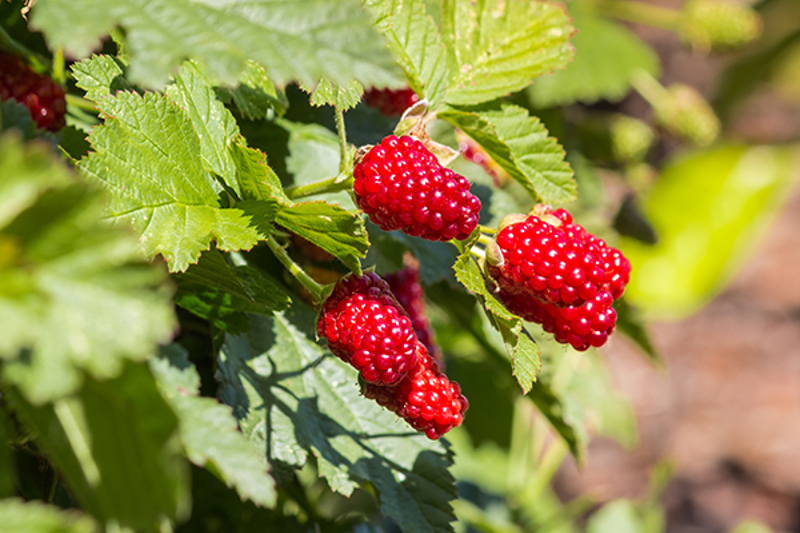
Autumn and early winter are the ideal time to plant out a new loganberry, so now's your chance. Loganberries are happiest in NZs temperate zone. They perform best when they get cool autumn temperatures to trigger fruiting, but don't experience hard spring frosts.
They're a ‘brambleberry’ which you'll need to grow on a support, up to 1.5 m tall. To make maintenance easier (and promote a better harvest), loganberries can be grown up between 2 wires on a T-shaped trellis.
Look out for thornless varieties, which will ensure a much less painful berry growing experience! During autumn, cut the canes that have borne fruit back to ground level, leaving fresh new canes to grow and provide fruit next summer. Do this each year to avoid the canes getting messy and out of control.
Loganberries prefer a slightly acidic, moist rich soil. Before planting, improve the soil with a concentrated source of rich organic matter like Yates Thrive Natural Blood & Bone, then reapply it around the root zone every 8 weeks from spring through to autumn. This promotes lots of healthy cane growth, a strong root system and lots of plump, juicy berries.
Fruit protection tip: birds will enjoy loganberries as much as you do, so some bird netting may be required to protect your developing crop.
















Share
Share this article on social media